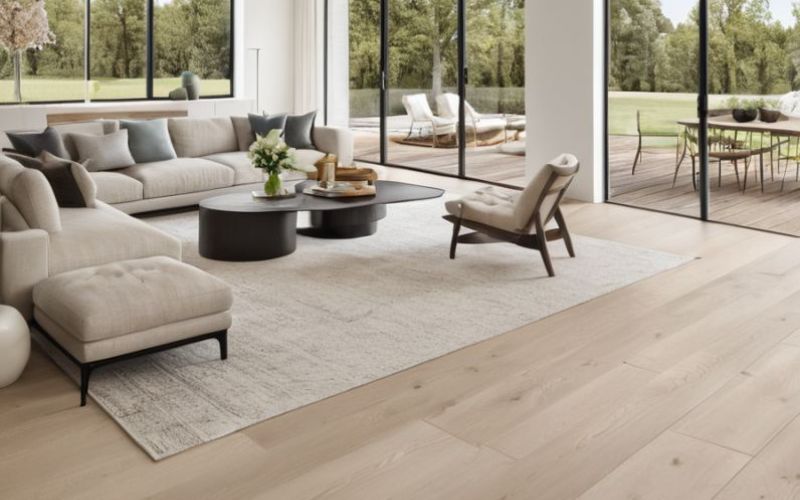
Why Multi-Functional Room Design Matters
Modern homes are evolving. With open floor plans, smaller living areas, and the growing need for flexible living, multi-functional room design has become a must-have skill in interior design. The idea is simple: a single room should be able to serve more than one purpose—without looking cluttered or losing its sense of style.
For example, your living room might also function as a home office, your bedroom could double as a yoga corner, or your dining room could host a cozy reading nook. The key is space optimization that feels natural and intentional.
The Art of Balancing Form and Function
One of the biggest challenges in multi-functional room design is maintaining aesthetics while ensuring practicality. You don’t want your stylish living room to feel like a messy storage area, nor your workspace to overwhelm the comfort of your bedroom.
That’s where the concept of balance comes in. With careful planning, flexible spaces can flow seamlessly, creating harmony between form and function.

Start with a Clear Vision
Before diving into furniture shopping or rearranging layouts, take a moment to clarify your needs:
- What functions does the room need to serve? (e.g., living + working, dining + entertaining)
- Which function will be primary? (This helps you prioritize layout choices.)
- What mood do you want the space to have? (Cozy, productive, elegant, or relaxed?)
By answering these questions, you’ll avoid design mistakes and create a roadmap for success.
Space Optimization Techniques
- Embrace Dual-Purpose Furniture
One of the easiest ways to design a multi-functional room is to invest in dual-purpose furniture. Think sofa beds, extendable dining tables, or ottomans with hidden storage. These pieces not only save space but also adapt quickly to your changing needs.
- Define Zones with Design Elements
Zoning doesn’t always require walls. You can visually divide a room by using:
- Rugs to separate seating from working areas.
- Lighting (like a floor lamp for reading versus task lighting for a desk).
- Color palettes to subtly distinguish spaces.
This makes the room feel organized without building physical barriers.
- Use Vertical Space
When floor space is limited, look up. Floating shelves, wall-mounted desks, or tall storage units can free up valuable room while keeping everything accessible.
Keeping Style Intact
Cohesive Color Palette
Even if your room serves multiple functions, it should feel cohesive. A consistent color palette ties the design together and prevents it from looking chaotic. For ideas on choosing colors that work well together, check out our guide on what colors go together in interior design.
Consistent Materials and Textures
Mixing materials is fine, but too much variation can overwhelm a small space. Stick to 2–3 dominant finishes (like wood, metal, or glass) and layer them with complementary textiles.
Streamlined Storage
Clutter is the enemy of style. Invest in closed cabinets, baskets, or hidden compartments to keep functional items out of sight when not in use.

Practical Examples of Multi-Functional Rooms
- Living Room + Home Office: Use a fold-away desk or built-in shelving that doubles as storage for both work and leisure.
- Bedroom + Workout Space: Add a foldable yoga mat, a sleek storage bench for equipment, and keep decor light and airy.
- Dining Area + Reading Nook: Create a small bench with cushions in a corner, so it feels inviting for both meals and quiet moments.
These solutions show how flexible spaces can adapt without compromising beauty.
Mistakes to Avoid
Even the best design intentions can go wrong. Here are some design dos and don’ts:
- Don’t overcrowd the room with too much furniture.
- Do prioritize quality over quantity—one great piece can serve multiple roles.
- Don’t ignore lighting. A single overhead light won’t meet the needs of different zones.
- Do use layered lighting for flexibility.

Final Thoughts
Multi-functional room design is all about creativity and smart planning. By choosing the right furniture, defining zones, and focusing on space optimization, you can make any room serve multiple purposes without losing its style.
At Sierra Contracting, we believe that every home—whether small or large—can benefit from thoughtful, flexible design. The right balance of beauty and function not only improves your space but also transforms the way you live in it.




